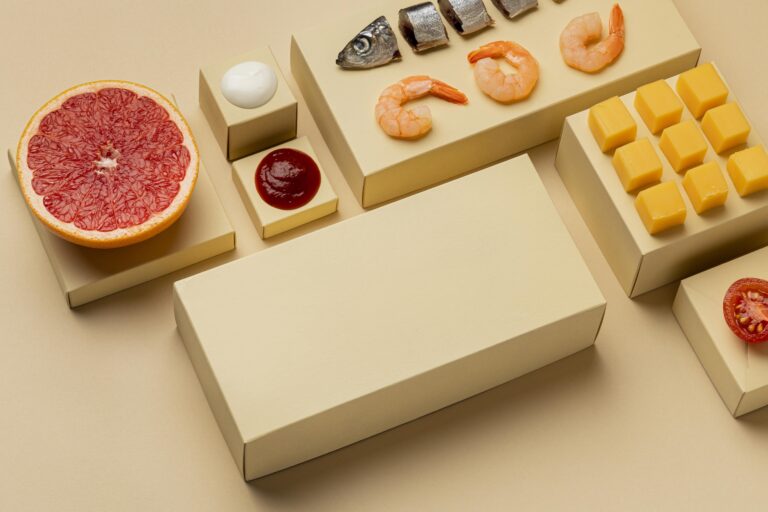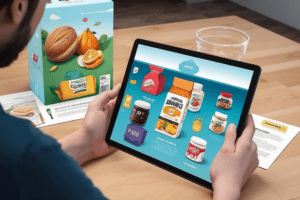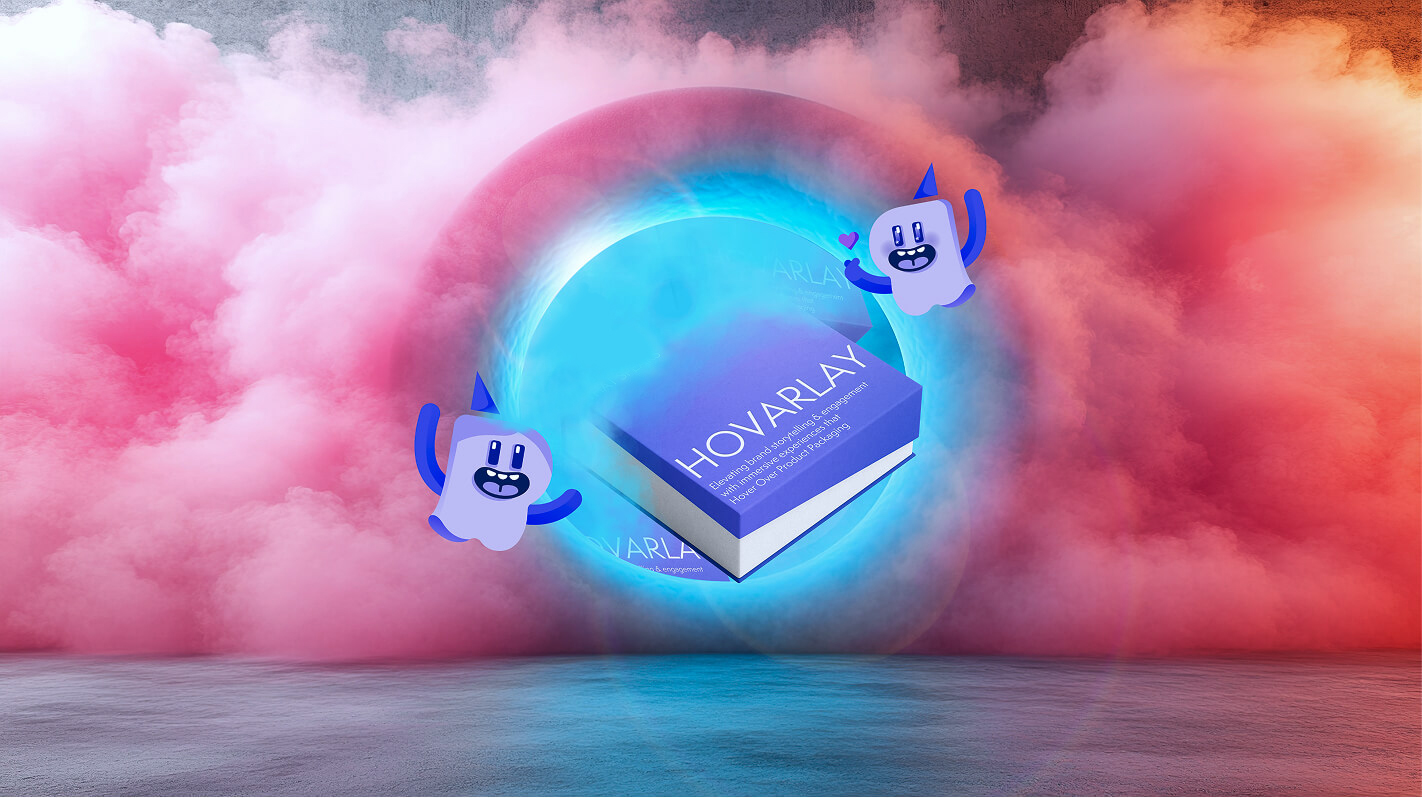On this page
Real-World Examples of Interactive Packaging That Worked

Start sharing your brand story with HOVARLAY
Interactive packaging is no longer a futuristic concept it’s already being used by major brands to engage consumers, tell stories, and create memorable experiences. Whether it’s augmented reality (AR), QR codes, or NFC technology, these innovative solutions are transforming packaging from a passive object to an active marketing tool.
In this article, we’ll look at some real-world examples of interactive packaging campaigns that have worked, demonstrating the power of this technology to drive consumer engagement, loyalty, and sales.
1. PepsiCo’s “The Pepsi Pass” AR Experience
PepsiCo launched a campaign where customers could scan QR codes on their Pepsi cans to unlock an augmented reality experience. The interactive feature let users play a virtual game on their smartphones, earning loyalty points that could be redeemed for rewards, such as free products or exclusive content.
Key Takeaway: By integrating AR and gamification into their packaging, PepsiCo didn’t just sell a drink—they created a unique experience that incentivised repeat purchases, boosted consumer engagement, and increased brand loyalty.
2. Heineken’s “The Night is Young” Campaign
In an effort to connect with younger consumers, Heineken created a packaging experience that allowed customers to scan a QR code on the bottle to unlock exclusive content. This content included live music performances, behind-the-scenes looks at events, and social media challenges.
The campaign was designed to enhance social engagement—encouraging consumers to share their experiences online with the hashtag #TheNightIsYoung.
Key Takeaway: Heineken’s use of interactive packaging brought their product to life through experiential content, creating a deeper connection with their audience and fostering brand advocacy.
3. L’Oréal’s Virtual Try-Ons with AR Packaging
L’Oréal took interactive packaging to the next level with its AR-powered try-on features. Consumers could scan the packaging of select products to access a virtual try-on experience. This allowed them to see how makeup shades would look on their own skin without ever opening the product.
By combining AR with interactive packaging, L’Oréal made it possible for consumers to experience products virtually, increasing the likelihood of purchase and boosting confidence in their buying decisions.
Key Takeaway: AR in packaging allows consumers to make informed purchasing decisions and boosts sales by offering personalised product experiences that were once only possible in stores.
4. Campbell’s Soup’s “The Soup is On” AR Packaging
Campbell’s Soup took a more playful approach with AR packaging by launching a “The Soup is On” campaign that invited consumers to scan their soup cans. The interactive experience offered a behind-the-scenes look at how Campbell’s soup is made, featuring fun facts, recipes, and even virtual cooking tutorials.
This interactive content provided both entertainment and educational value, making the product more engaging and encouraging repeat purchases.
Key Takeaway: Interactive packaging can provide entertainment and education in a way that traditional packaging can’t. When consumers connect with the brand in a meaningful way, they’re more likely to remain loyal.
5. Fanta’s “Fanta AR Virtual World”
Fanta launched an exciting AR game that transformed its packaging into an interactive platform. Consumers could scan the AR code on bottles and cans to enter a virtual world, where they could complete challenges and win prizes. The campaign was designed to engage a younger audience and turn a simple soft drink purchase into a fun, shareable experience.
Key Takeaway: Interactive packaging can transform a product into a gamified experience, especially when targeting younger, tech-savvy audiences. This boosts both engagement and social sharing, expanding brand visibility.
How HOVARLAY Helps You Create Your Own Success
The above examples show that interactive packaging is more than just a trend—it’s a proven way for brands to engage customers, build loyalty, and collect valuable data. HOVARLAY offers a seamless platform for creating AR experiences that bring your packaging to life—without the need for complex app development or high-tech equipment.
Whether you want to create AR-based games, share brand stories, or provide interactive tutorials, HOVARLAY empowers you to easily integrate these features into your packaging.
Final Thoughts
These real-world examples of interactive packaging show just how much impact technology can have on a brand’s relationship with consumers. Whether it’s gamification, personalisation, or storytelling, interactive packaging is a game-changer in consumer engagement.
With HOVARLAY, you don’t have to be a tech giant to create memorable, interactive packaging experiences. The future of packaging is interactive, and it’s ready for your brand.







